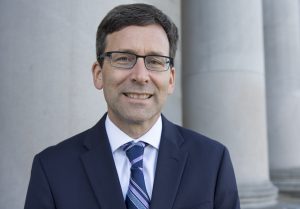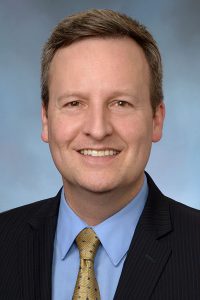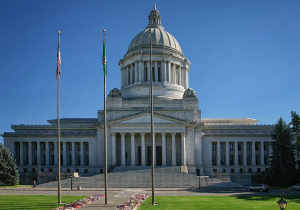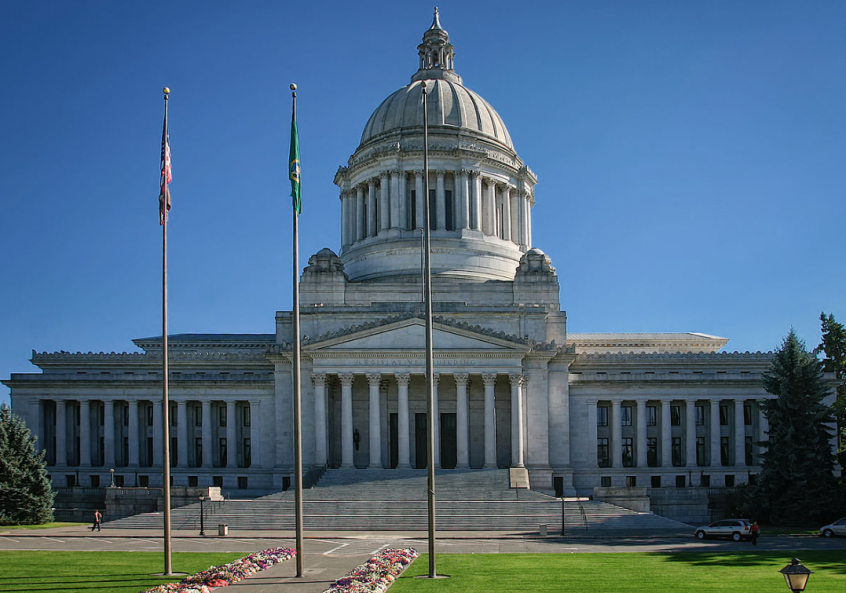Significant leadership transitions and pressing budget challenges are expected to define the policymaking landscape as Washington state gears up for the 2025 legislative session. Some of these developments will be applicable to the forestry sector, which remains a cornerstone of Washington’s economy and way of life, with new agency directors and possibly shifting priorities.

Governor-elect Bob Ferguson.
With Governor-elect Bob Ferguson set to be sworn into office this week alongside new Public Lands Commissioner Dave Upthegrove and Attorney General Nick Brown, the state is entering a new era of leadership. A changing administration often brings differences in policy priorities, and several agency directors are likely to reflect this shift.
Notably, the incoming governor has nominated State Sen. Joe Nguyen as Washington State Commerce director and former Region X Administrator of the US Environmental Protection Agency Casey Sixkiller is poised to take on the leadership role as director of the state’s Department of Ecology. Joel Sacks, the current director of Labor & Industries, has been asked to remain in his position, signaling continuity in that department.
The Legislature itself also has undergone considerable turnover. More than 30 new lawmakers will take their seats this session, with eight former House members transitioning to the Senate and nearly two dozen freshman lawmakers joining the House.

Commissioner of Public Lands-elect Dave Upthegrove.
The leadership changes are happening as Washington faces a projected $10–12 billion budget shortfall, presenting a formidable challenge to lawmakers – many of whom have never had to work in a climate where drastic cuts must be considered. Though Governor-elect Ferguson has expressed skepticism over a proposed 1% wealth tax on individuals with assets exceeding $100 million saying it required “additional scrutiny,” he did not rule out other tax increase options while also stating that spending reductions will be necessary. However, it is likely that balancing the budget will require both cuts and new revenue sources in the form of new fees or targeted taxes. These fiscal pressures could affect funding for forestry programs, wildfire management and forest health initiatives.
Several pre-filed bills have potential implications within the forestry sector.
- HB 1121 would amend current rules outlining the number of hours 16- and 17-year-olds may work during school and non-school weeks to allow for students enrolled in career and technical education and other work-based learning programs to gain more on-the-job experience.
- HB 1183 aims to incentivize affordable and sustainable building practices and includes language that would expand the use of mass timber products, highlighting the mounting recognition of sustainable forestry practices and innovative wood products are part of the climate solution.

The combination of new leadership and legislative turnover creates both opportunities and uncertainties. For the forestry sector, much of the focus in the coming months will be on:
- The Ferguson Administration and incoming Commissioner of Public Lands Upthegrove’s approach to forest management, wildfire mitigation and forestry policy.
- Workforce development policies, including youth engagement through legislation like HB 1121.
- Support for forestry products and innovative wood products as highlighted by HB 1183.
- The broader impact of budgetary decisions on forest management and environmental programs.
As the 2025 session unfolds, forestry sector stakeholders will need to remain engaged and proactive in advocating for efforts that support working forests and commonsense forest management policies. WFPA will continue to monitor legislative developments and provide updates on key issues impacting Washington’s working forests.
This year’s 105-day session begins January 13th and is set to conclude April 27th.
